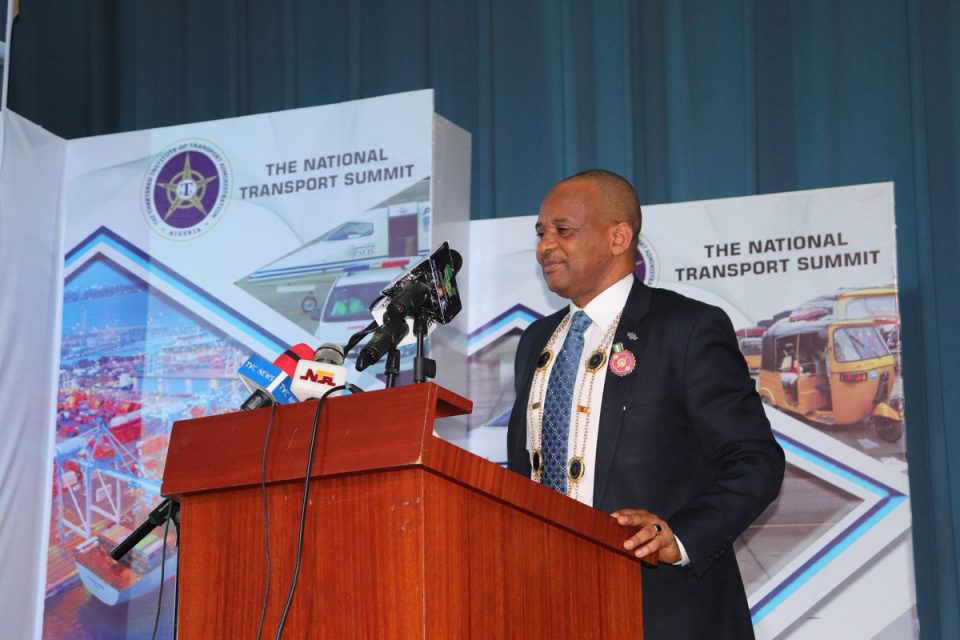The Nigerian Maritime Administration and Safety Agency (NIMASA) generated over N108 billion revenue in the last four years.
Addressing reporters in Lagos at the weekend, its Director General, Dr Bashir Jamoh said the agency generated over N31 billion in 2020 and more than N37.5 billion last year.
Findings by The Nation indicated the agency generated N22.9 billion revenue in 2018 and over N16 billion in 2019.
According to Jamoh, the N37.5 billion generated last year was the highest ever contribution coming from NIMASA since its inception.
Sources closed to the agency said that since Jamoh assumed the leadership position of the agency, NIMASA’s contribution to the consolidated revenue fund had surpassed past records.
“It will interest the public that in 2020, when the COVID-19 ravaged the world and itts economy, NIMASA contributed over N31 billion. This is a very big contribution coming from any regulatory agency like NIMASA,” a source said
Jamoh said NIMASA would continue to give priority attention to maritime safety and security along the nation’s maritime domain.
He told reporters that the agency did not want the country to be known as hotspot of piracy hence, the reason the government invested heavily in the Deep Blue project.
The Deep Blue Project was conceptualised by the agency to provide an integrated national surveillance and waterway protection solution with a command and control infrastructure in the country which led the country purchasing some special mission aircraft, helicopters,armoured vehicles and patrol boats, among others.
He noted that NIMASA, as a regulatory agency, would spend some of the funds generated by it to tackle maritime security, personnel emolument, capital expenditure and to fund maritime projects among others.
While giving assurance on the plan by NIMASA to disburse the much awaited Cabotage Financing Fund (CVFF), Jamoh said
Indigenous shipping firms seeking to borrow from the CVFF are also expected to comply with the Cabotage Act and the CVFF guidelines.
The fund, an off-shoot of Cabotage regime, was set up to empower indigenous ship owners, increase their tonnage, enhance their capacity to compete in coastal trade and generate employment. More important is that the fund is the two per cent contributions of ship owners deducted from the value of their contracts under the Cabotage regime.
The Director General also raised serious concerns over the number of failures recorded among Nigerian seafarers who sat for Certificate of Competency examinations in the year 2020/2021.
According to him, some of the achievements of the agency in terms of flag state control has to do with survey and inspection of vessels in accordance with the safety requirements of the Merchant Shipping Act 2007.
Under condition survey, he said 489 vessels were surveyed in 2021 which is 43.6 percent higher than the total number of condition survey carried out in 2020 at 276 vessels.
He said that this is an indication of the maritime administration’s seriousness in terms of flag state survey. This according to him, is despite the Covid-19 pandemic.
He noted that the total number of condition survey for flag registration conducted in 2020 was 276 , while in 2021 it was 489.
For the port state control functions of NIMASA, he said 429 foreign vessels were boarded to ensure that each vessel maintained safety, pollution standards while at our ports and waters.
For the port state implementation, the 2021 figure as recorded was 675 vessels which is 24.2 per cent higher than the number of inspections carried out in 2020 of 510 vessels.




